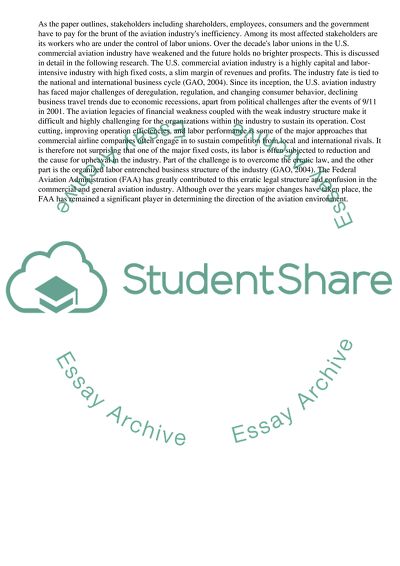Cite this document
(What Does the Future Hold for Organized Labor in the U.S. Commercial Research Paper, n.d.)
What Does the Future Hold for Organized Labor in the U.S. Commercial Research Paper. Retrieved from https://studentshare.org/business/1724613-what-does-the-future-hold-for-organized-labor-in-the-us-commercial-aviation-industry
What Does the Future Hold for Organized Labor in the U.S. Commercial Research Paper. Retrieved from https://studentshare.org/business/1724613-what-does-the-future-hold-for-organized-labor-in-the-us-commercial-aviation-industry
(What Does the Future Hold for Organized Labor in the U.S. Commercial Research Paper)
What Does the Future Hold for Organized Labor in the U.S. Commercial Research Paper. https://studentshare.org/business/1724613-what-does-the-future-hold-for-organized-labor-in-the-us-commercial-aviation-industry.
What Does the Future Hold for Organized Labor in the U.S. Commercial Research Paper. https://studentshare.org/business/1724613-what-does-the-future-hold-for-organized-labor-in-the-us-commercial-aviation-industry.
“What Does the Future Hold for Organized Labor in the U.S. Commercial Research Paper”, n.d. https://studentshare.org/business/1724613-what-does-the-future-hold-for-organized-labor-in-the-us-commercial-aviation-industry.


